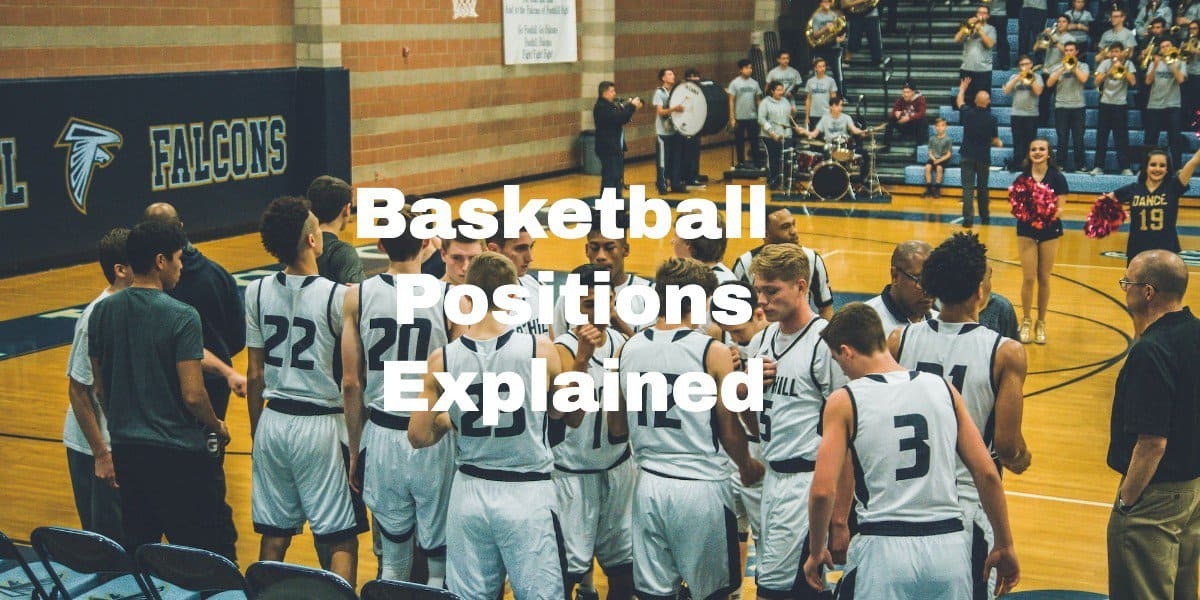Introduction
Understanding basketball positions is crucial for anyone aspiring to excel in the game. Each position on the basketball court has distinct responsibilities and skill sets that are essential for overall team success. Whether you’re new to basketball or looking to refine your knowledge, grasping the nuances of these positions can enhance your performance and strategy during games.
In this comprehensive guide, we will discuss the different basketball positions, their roles, and how they contribute to a cohesive team dynamic. We will also delve into specific skill sets required for each role and how players can effectively adapt to their assigned positions. By the end of this article, you will have a thorough understanding of basketball positions and how they can impact your gameplay.
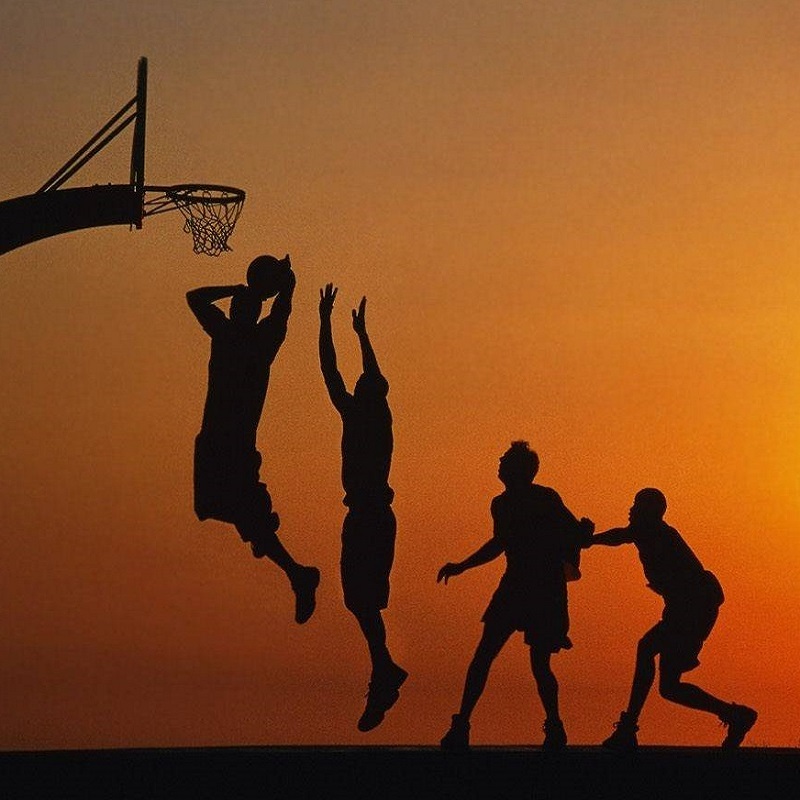
The Five Main Basketball Positions
Basketball typically categorizes its players into five primary positions: point guard, shooting guard, small forward, power forward, and center. Each of these roles comes with unique responsibilities and expectations.
1. Point Guard
The point guard is often referred to as the “floor general.” This player is responsible for orchestrating the offense and ensuring that the team runs effectively. Key responsibilities include:
- Ball Handling: Point guards must be skilled dribblers who can protect the ball under pressure. They should be adept at making quick decisions and executing plays effectively.
- Passing Skills: A point guard needs to distribute the ball efficiently, setting up teammates for scoring opportunities.
- Court Vision: Understanding the game’s flow is essential. Point guards must read defenses and find gaps to exploit.
- Leadership: They often serve as the team’s leader on the court, calling plays and motivating teammates.
Point guards also need to have strong defensive skills to disrupt the opposing team’s offense. Furthermore, they often initiate fast breaks, pushing the ball up the court to create scoring opportunities. A point guard’s passing and decision-making can dictate the pace of the game.
2. Shooting Guard
Next, we have the shooting guard, primarily responsible for scoring points. This position requires players to have excellent shooting skills, particularly from long-range. Key aspects of this role include:
- Scoring Ability: Shooting guards must be proficient at making three-pointers and mid-range shots. Their main objective is to score.
- Slashing and Drives: Besides scoring from outside, they should be capable of attacking the basket and finishing strong in traffic.
- Defensive Skills: Many shooting guards are also responsible for defending the opponent’s best perimeter scorer. Thus, they must possess robust defensive abilities.
- Off-Ball Movement: These players need to effectively move without the ball, finding open spaces on the court for shooting opportunities.
Additionally, shooting guards are often excellent at creating their own shot and taking advantage of mismatches. They need to develop strong foundational skills to stay competitive in their position. While their primary focus is offense, a shooting guard’s defensive contributions are equally important for team success.
3. Small Forward
The small forward is often considered the most versatile player on the court. This position blends aspects of both shooting guards and power forwards. Key characteristics include:
- Scoring Variety: Small forwards can score from the perimeter as well as drive to the basket. They have a diverse offensive skill set.
- Defense: They typically guard multiple positions, making defensive versatility essential. Their height and agility allow them to defend against taller opponents as well as quicker players.
- Rebounding Skills: Small forwards need to contribute to rebounding, using their agility and jumping ability effectively.
- Playmaking Ability: Often, small forwards are expected to facilitate the offense, creating plays for themselves and their teammates.
These athletes must be able to adapt their game depending on what the team needs at any given moment. Moreover, small forwards often serve as a second ball handler in some offensive sets, allowing them to facilitate plays.
4. Power Forward
Positioned near the basket, the power forward plays a critical role in both scoring and rebounding. This player must possess a blend of strength and agility. Responsibilities for power forwards include:
- Post Play: Power forwards often work in the post, utilizing their size to score against defenders close to the basket.
- Rebounding: Due to their positioning, they are critical for both offensive and defensive rebounds, helping control the game’s pace.
- Versatile Scoring: While they score inside, many modern power forwards can also shoot from the three-point line, creating mismatch opportunities.
- Defensive Impact: Strong defensive skills are essential, as power forwards often guard the opponent’s best post players.
In many cases, power forwards must balance their scoring with solid defensive play. They are often involved in setting screens and executing picks to free up teammates for better shots. The role requires both physicality and finesse.
5. Center
The center is typically the tallest player on the court and plays close to the basket. This position is vital for both offensive and defensive strategies. Key roles include:
- Rebounding: Centers are generally expected to dominate the boards, securing rebounds on both ends of the court.
- Shot Blocking: Given their height, centers are usually tasked with protecting the rim and blocking shots from opponents attempting to score.
- Scoring in the Paint: Centers often score through post moves and put-backs, capitalizing on close-range opportunities.
- Setting Screens: They are responsible for setting solid screens to help their teammates create open looks.
Centers need to develop both their physical post presence and their skills for effectively finishing around the rim. Since they are often the last line of defense, strong situational awareness and communication are critical.
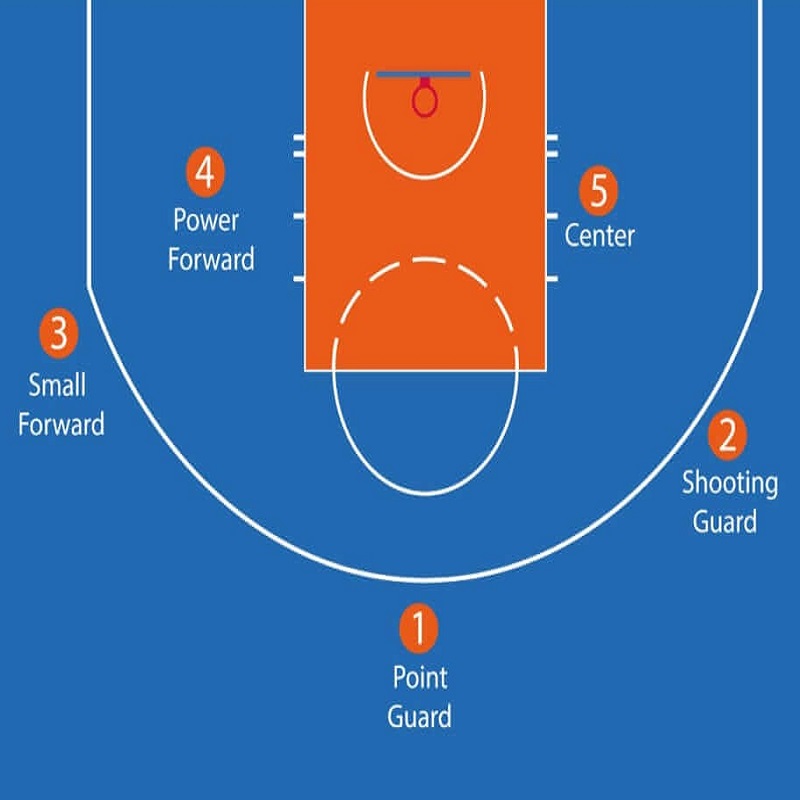
Transitioning Between Positions
As players develop their skills, they may find themselves switching positions. This versatility can create advantages for both the player and the team. Here’s how players can transition between basketball positions effectively:
1. Skill Development
Players aiming for different positions must expand their skill sets. For example, a shooting guard may want to develop passing skills to transition to point guard. Additionally, focusing on defensive techniques can prepare a player for small forward or power forward roles.
2. Understanding Team Dynamics
Knowing how each position contributes to the overall team strategy is essential. As players learn different roles, they can better anticipate teammates’ movements, making smarter decisions. Thus, building chemistry through practice and effective communication on the court is crucial.
3. Adaptability
Players who can adapt to various positions often become invaluable assets to their teams. This adaptability provides coaches with more tactical options during games. In turn, having versatile players allows for better team formation against opponents with different strengths and weaknesses.
4. Continuous Learning
To transition effectively, players must commit to continuous learning. This includes understanding various offensive and defensive strategies, watching game footage, and practicing new skills. As a matter of fact, the most successful players stay informed and adaptable to changes in positions, allowing them to thrive under different circumstances.
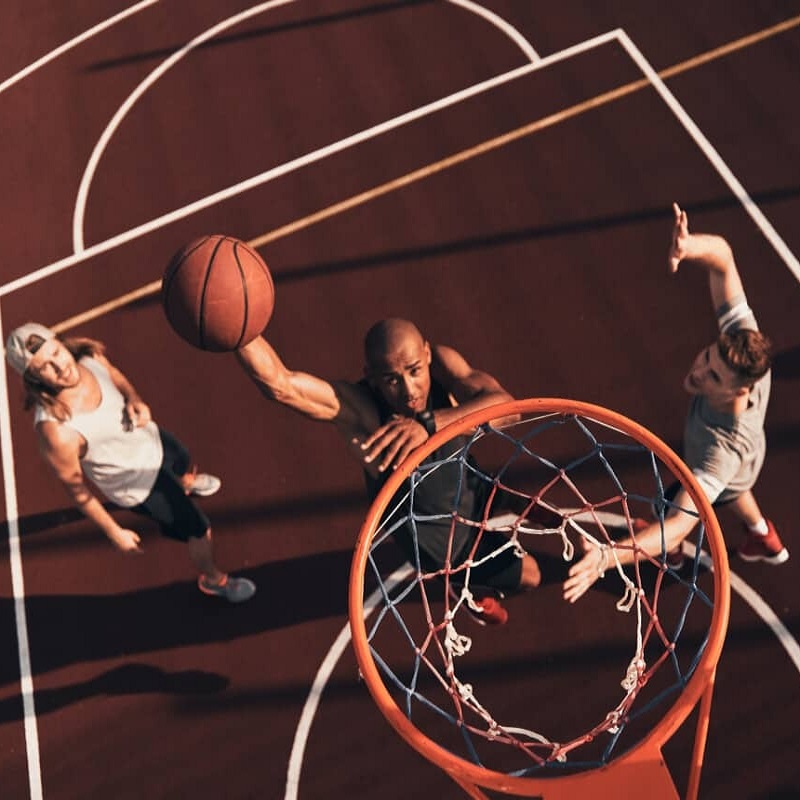
The Importance of Basketball Positions
Understanding basketball positions is crucial for players, coaches, and fans alike. Here’s a closer look at why learning about positions is so important:
1. Team Cohesion
When players understand their roles, they can work together more effectively. Team cohesion improves communication on the court, leading to better execution of plays. For instance, knowing when to cut, screen, or transition is essential for all players to align their efforts.
2. Strategy Implementation
Teams can create specific strategies based on the strengths and weaknesses of their players. Coaches can tailor their game plans by utilizing the unique skills each position offers. Consequently, this strategic approach enhances success during games.
3. Player Development
For individual players, understanding their position allows them to focus on skill development relevant to their role. For example, point guards should emphasize ball handling and decision-making, while centers should work on post moves. Therefore, focused development leads to stronger performances.
4. Fan Engagement
For fans, knowledge of basketball positions enhances the viewing experience. Understanding the distinct roles and responsibilities increases appreciation for player performance and tactics during games. Fans can better analyze gameplay, ask insightful questions, and engage in discussions about their favorite teams.
5. Creating Matchups
Understanding basketball positions allows teams to create favorable matchups. For example, a team could exploit a size advantage by having a center face off against a smaller defender. Thus, by strategically using positions, coaches can significantly influence the outcome of games.
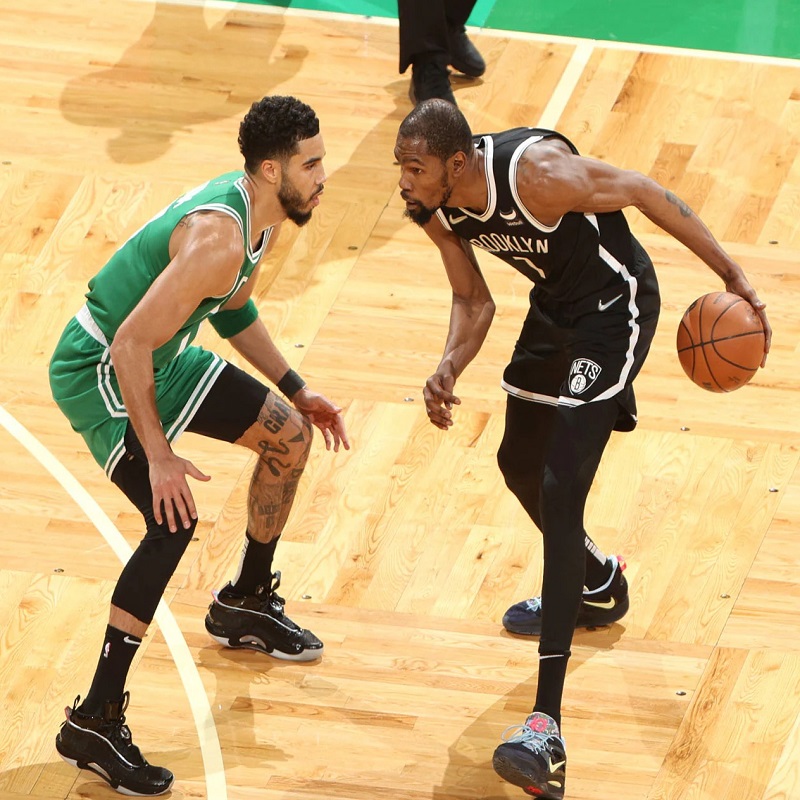
How the Positions Work Together
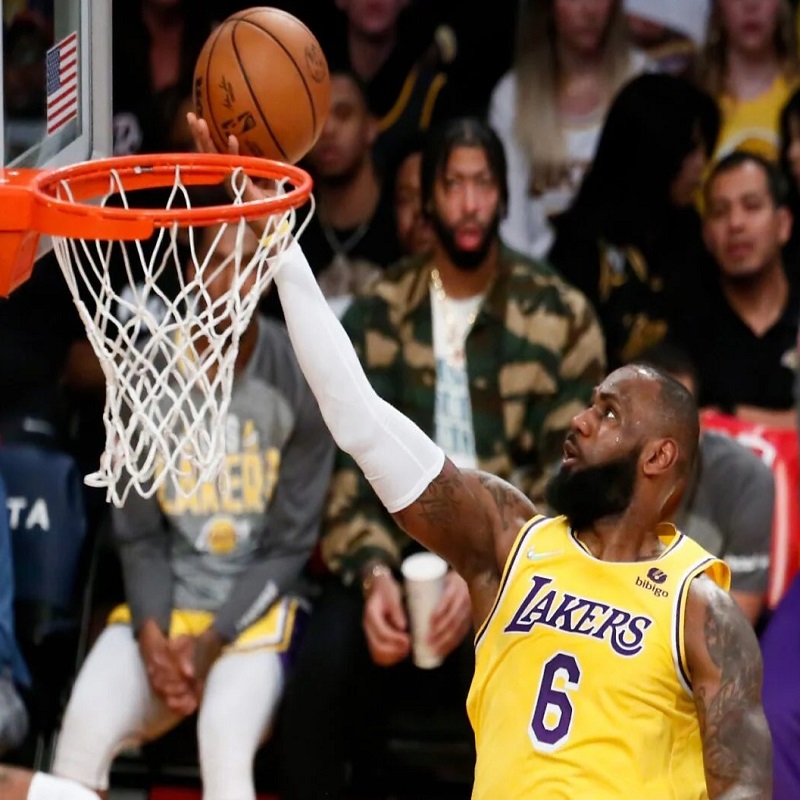
Mastering Basketball Positions
In conclusion, understanding basketball positions is essential for players aspiring to excel in the game. Each position comes with unique responsibilities and contributes significantly to the team’s success. By mastering their roles, players can enhance their own performance and ultimately improve team dynamics.
Moreover, recognizing how positions interact with one another fosters better teamwork and understanding both on and off the court. As such, whether you’re a player, coach, or fan, having a solid grasp of basketball positions can enrich your overall experience with the sport.
By building essential skills and understanding strategies related to each position, you can embark on a path toward excellence in basketball. Embrace the challenge of learning your role and watch your game transform for the better.
